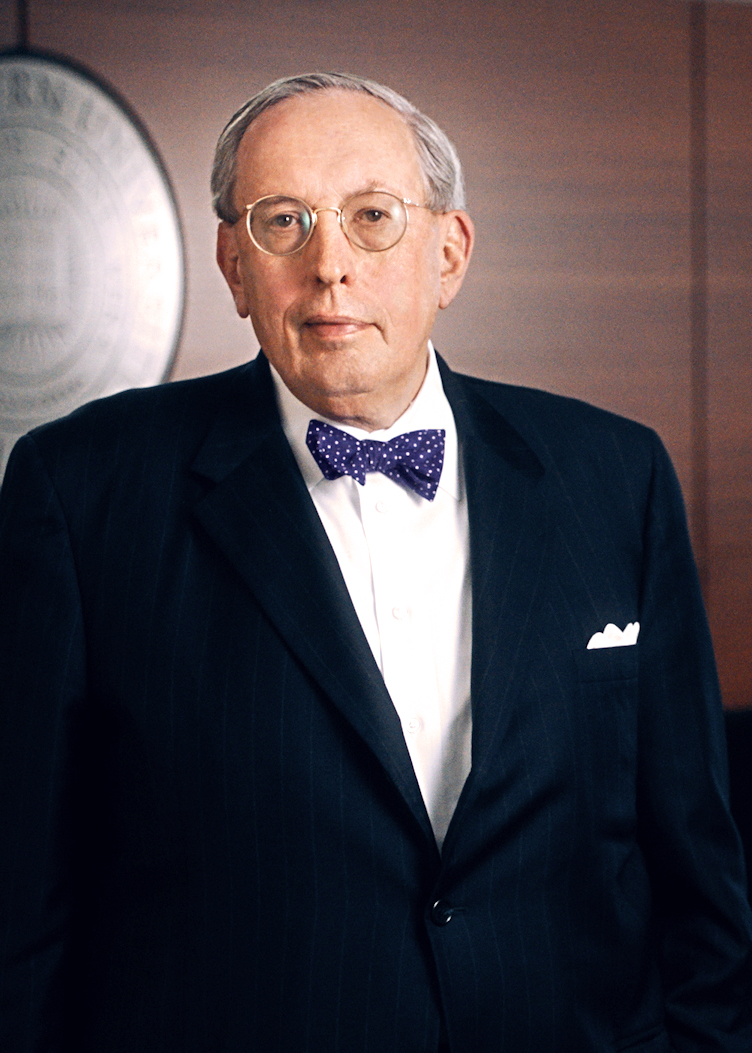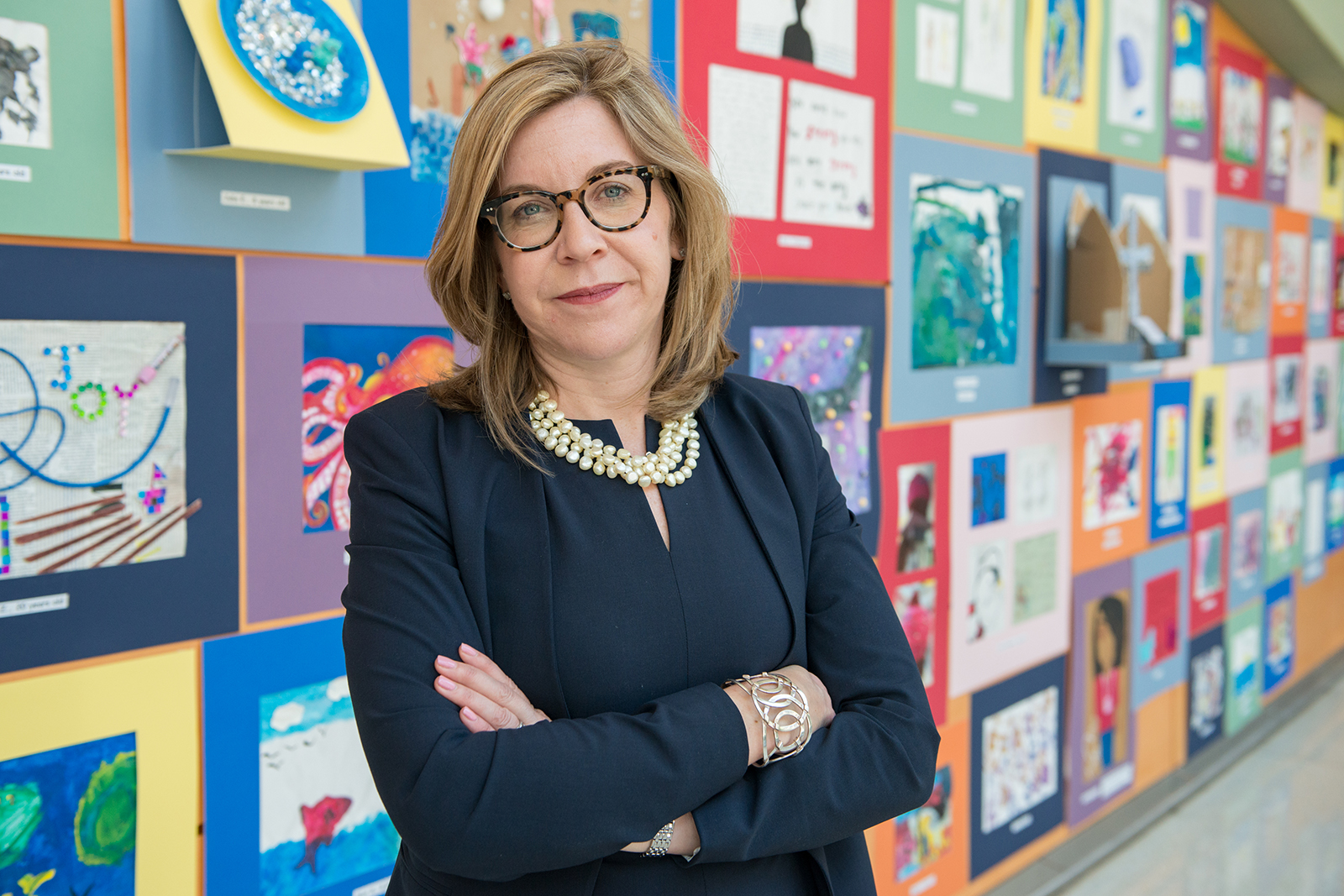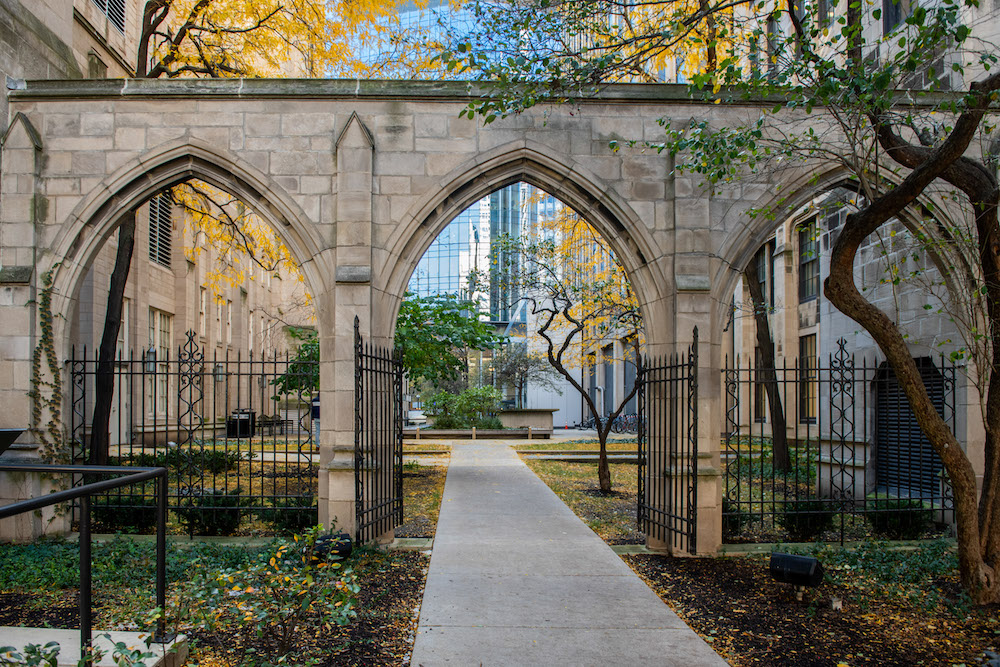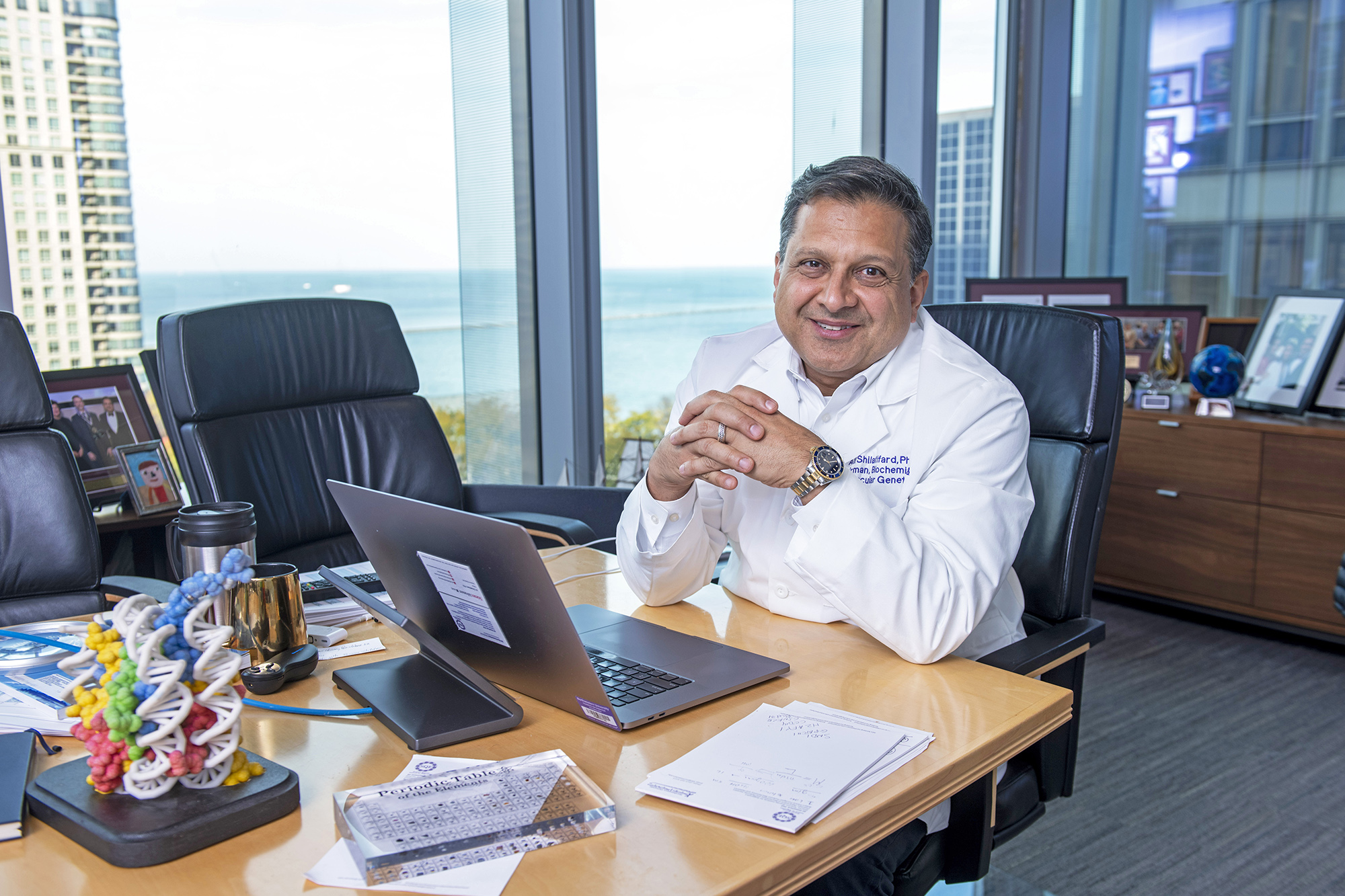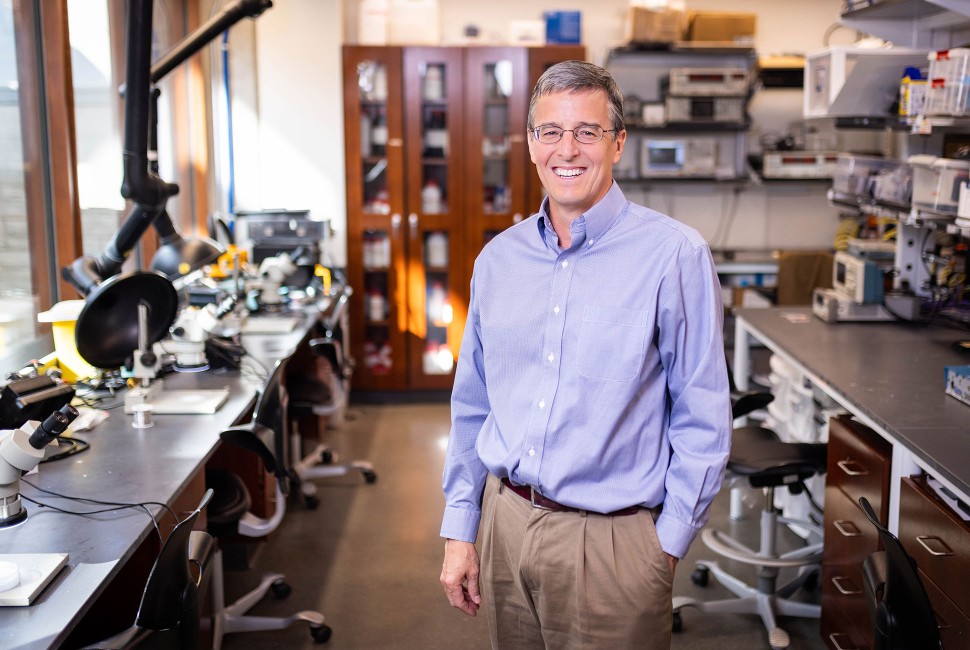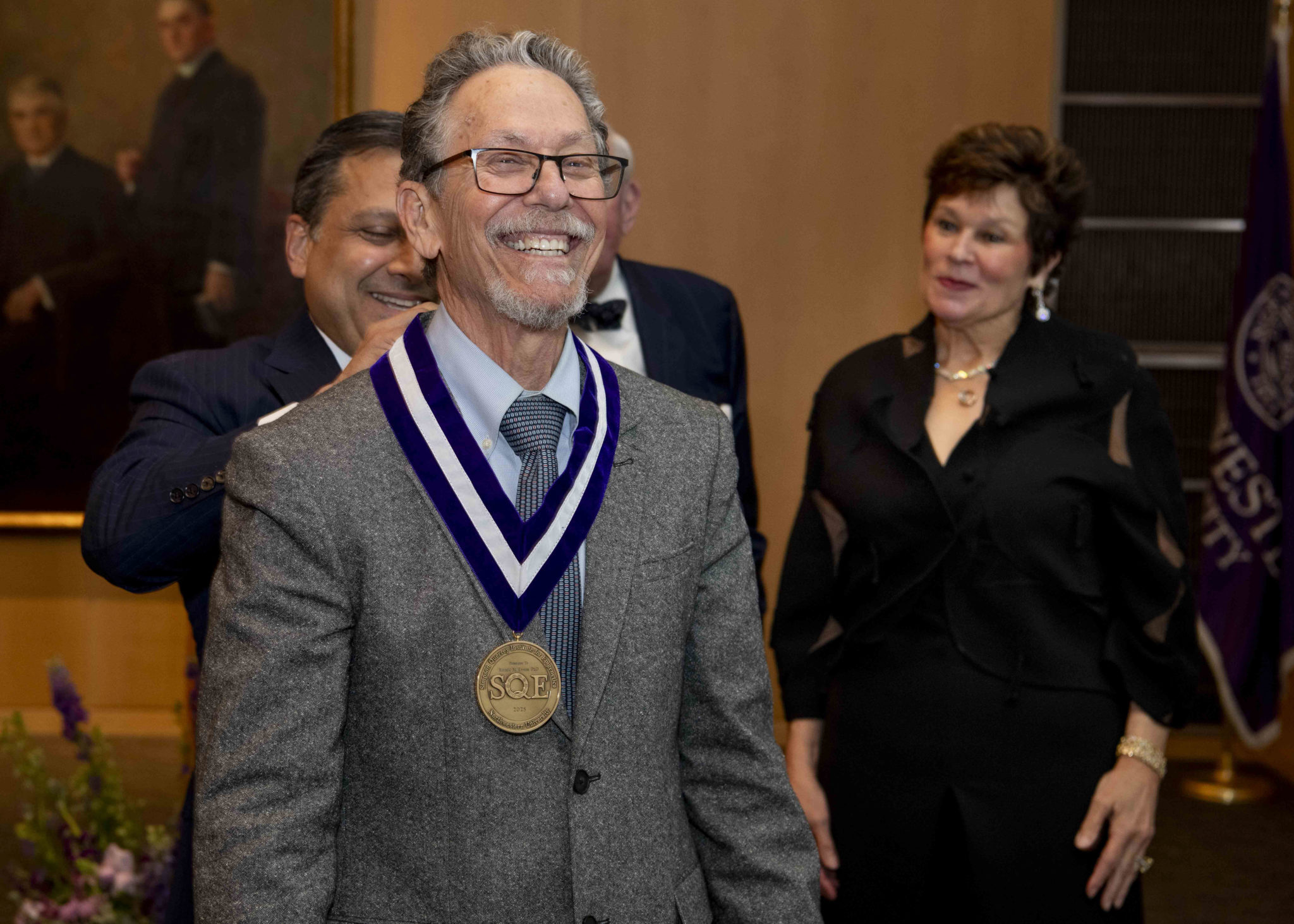Home / Campus News / Focus on Faculty
Focus on Faculty
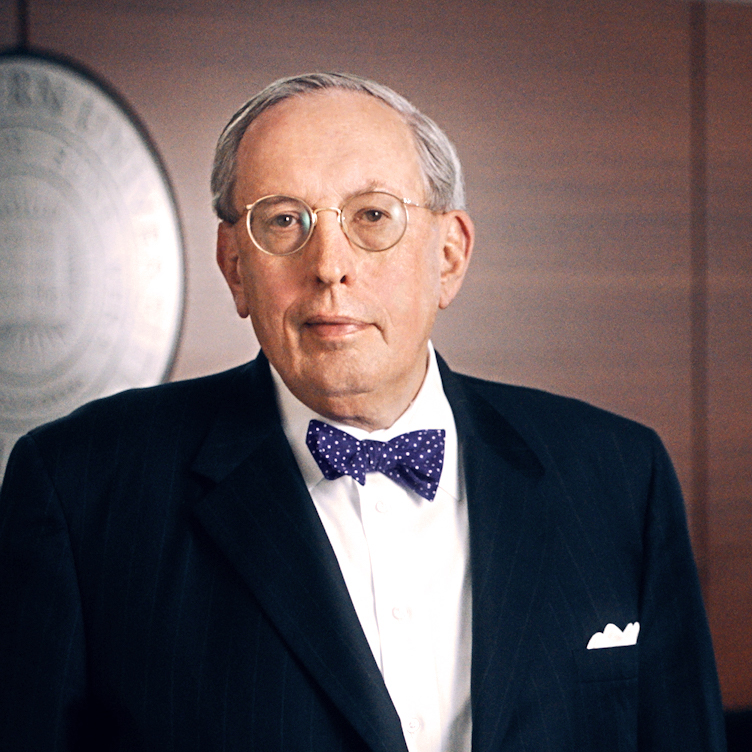
Vice President for Medical Affairs
Lewis Landsberg Dean
As the weather cools and we settle into the academic year, many of us find comfort in the familiar rhythm that will follow in the months to come. Whether it is the students who just donned their white coats for the first time on Founders’ Day, or those whose white coats have seen many years of wear, our community is ready to buckle in — ready to learn, to discover, to grow.
This magnificent ride would not be possible without our incredible faculty. Individually, their discoveries are game-changing, their work lifesaving, their mentorship transformative. But as a connected network of collaborators, innovators, dreamers, and doers, their collective contribution to science, education, and medicine is simply staggering.
The school now counts 2,063 faculty in regular tracks: 1,616 clinician-educators, 372 investigators, and 75 team-scientists. Another 2,233 practice medicine, teach students, or conduct research in various contributing tracks.
One of the faculty’s core functions is to educate and, when combining medical students, fellows, residents, and other trainees in the various top-tier programs we offer, that means educating more than 3,500 healthcare professionals and scientists of tomorrow. This is no small feat, and our faculty is more than meeting the challenge. Teaching evaluations are high and student outcomes excellent: Our medical students achieve United States Medical Licensing Examination scores well above the national mean, and the majority match into Top 25 institutions for residency. Last year’s Association of American Medical Colleges Graduation Questionnaire, completed by medical students in the Class of 2021, reported 96 percent satisfaction with their education, putting us above the 80th percentile nationally.
There is yet more to commend, as our faculty members’ work extends far beyond the classroom. Thanks to Feinberg’s extraordinary roster of clinician-educators, team scientists, and investigators, in the past decade, our total research portfolio has grown 94 percent, from $315 million per year to $610 million per year.
As I reflect on these astounding figures, I think of the steady build this sort of progress requires, and the rock-solid foundation our predecessors laid for us to be able to arrive at this point. In this issue, we honor a revered faculty member and leader dear to so many, who recently passed away: Lewis Landsberg, MD, whose endowed title I proudly carry. Here is a man who reflected every attribute to which we aspire as faculty and, moreover, as humans striving to make an impact on our world. Please read more about him, along with other cherished members of the Northwestern community who have passed, here.
Also in this issue, you will once again find stories of our dedicated faculty, such as D. James Surmeier, PhD, chair and Nathan Smith Davis Professor of Neuroscience, who is the winner of the 2021 Tripartite Legacy Faculty Prize in Translational Science and Education. This honor is presented annually to a faculty member who has demonstrated excellence in research that emphasizes translational approaches, teaching and mentoring, and leadership — a trifecta of immense contribution.
You will also learn more about Kristi Holmes, PhD, director of the Galter Health Sciences Library, who has put Galter on the national and international stage for bioinformatics and data science, and William Muller, MD, PhD, the Janardan K. Reddy, MD Professor of Pathology, who for three decades has been tenaciously studying the body’s inflammatory response as a pathway to treating disease.
Perhaps the most telling example of our exemplary faculty are the 23 individuals recently appointed with endowed professorships — the highest honor a university can bestow upon its faculty. The medical school currently has more than 200 endowed professorship positions, and we could not be prouder of these distinguished leaders in their fields.
Of course, the beauty of academia is that it is a continuum, and everyone — no matter where they are on their academic journey — is valued and valuable. Here’s to the many working at every level and in various capacities to make our medical school extraordinary. Past, present, and future, the impact of our people is felt near and far.
With warm regards,
Eric G. Neilson, MD
Vice President for Medical Affairs
Lewis Landsberg Dean

